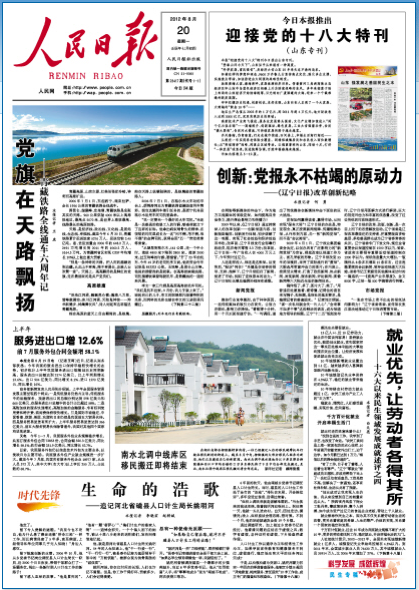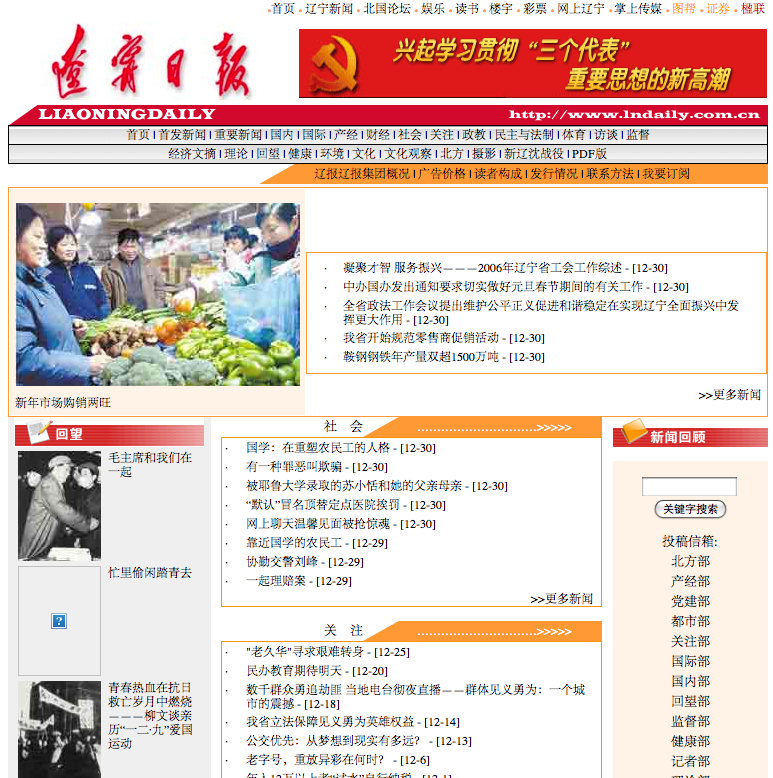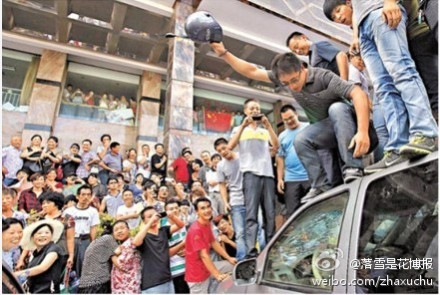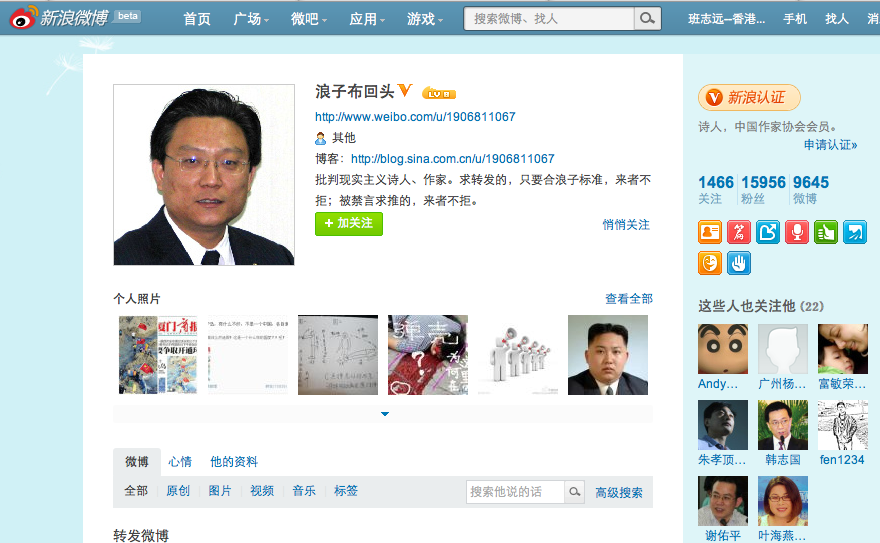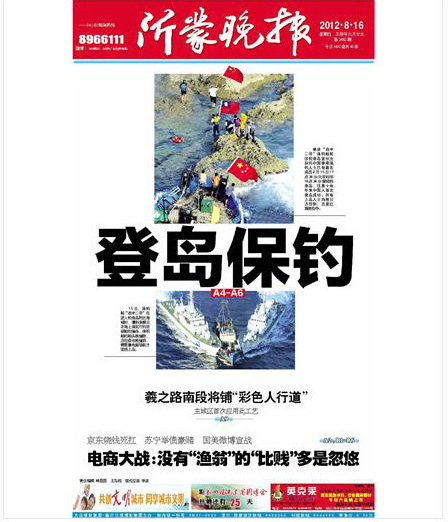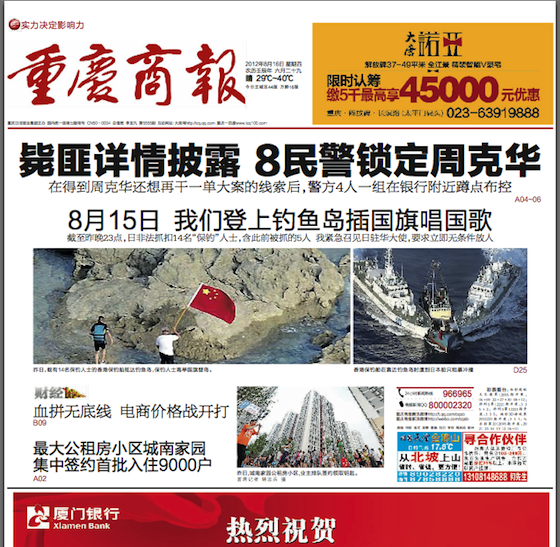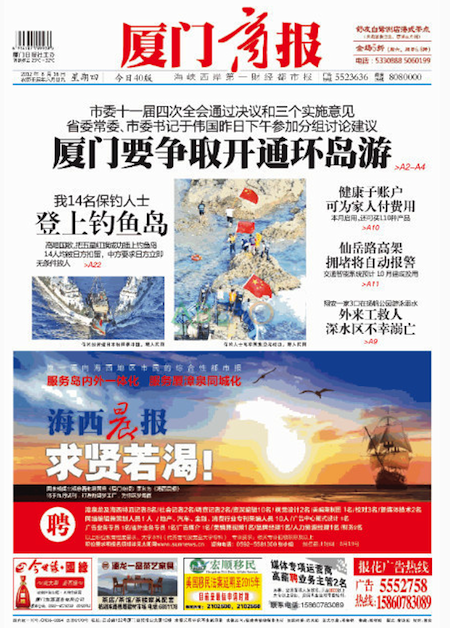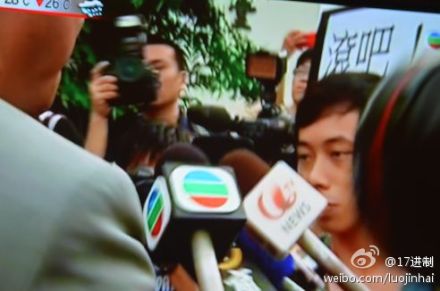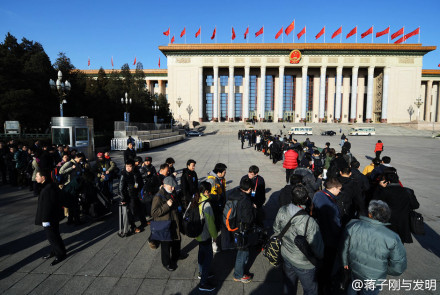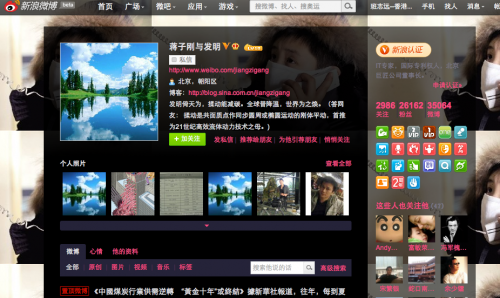China's Party papers, losing touch?
The influence of China’s Party-run newspapers has been sliding steadily for almost two decades now. Ever since the mid-1990s, these “mouthpieces“, operated by top Party leaders at various levels of China’s vast bureaucracy — and full of tinder-dry accounts of their official claptrap — have been out-gamed and out-sold by a new generation of metropolitan newspapers offering a much richer variety of news and consumer fare.
In China’s increasingly commercialized media marketplace, Party papers are an impossible sell. And that has presented Party leaders with a challenge. Sure, they can continue to exercise control over media in the crowded marketplace, ensuring journalists and editors don’t cross the line. But how do they get their own message across? How can they be heard above the fray?
As we’ve written often before, President Hu Jintao’s media policy since June 2008 has emphasized the more active “use” of commercial media in China, including “the resources of the metropolitan newspapers.” That means, essentially, that the Party is now determined, when it can, to push its own messages through these market-oriented newspapers.
This is certainly happening. For many major, breaking stories, Chinese newspapers are limited by Central Propaganda Department directives instructing them to use only the official news release from Xinhua News Agency. In this way, mass-circulation commercial newspapers are used to push the Party’s own version of the story.
But another enduring hope within China’s news and propaganda establishment is that official Party media might cross the sea of public scorn to a new promised land of credibility and influence. Hu Jintao has talked about the need to “enhance the reach and influence of public opinion channeling by mainstream media.” And in the Chinese context, “mainstream media” refers specifically to Party-run media — as opposed to market-driven print and online media.
So are China’s Party media changing? And if so, how?
An interesting piece on the front page of yesterday’s edition of the Party’s official People’s Daily touted the provincial-level Liaoning Daily as an example of the possibilities open to Party newspapers if they are willing to “liberate their thinking” and “innovate.”
[ABOVE: The Party’s official People’s Daily runs a front page article praising the provincial-level Liaoning Daily for its “innovative” makeover.]
According to the People’s Daily piece, Liaoning Daily, which of course is the official “mouthpiece” of the provincial Party leadership in Liaoning province, has undergone a radical rethink of its content and form since 2009. The paper, the article explains, has focused on providing relevant content to its readers, not just dry recaps of official Party business.
Today, more than two years after the paper’s makeover, its sells 23,000 copies a day off the newsstand. That’s a drop in the bucket by Chinese newspaper standards, but Liaoning Daily, which like most Party papers has traditionally relied entirely on subscriptions from government offices (which usually have no choice), apparently regards this as a major success.
The People’s Daily article also says that revenues at Liaoning Daily are expected to top 100 million yuan this year, up from just 40 million prior to 2009.
The first thing I did when I read the People’s Daily piece today — thanks to Russell Leigh Moses for the tip off — was visit Liaoning Daily to see what all the excitement was about. I was underwhelmed.
The newspaper’s official website seemed stubbornly stuck in the past, a clunky dinosaur compared to other Party paper sites, like that of Guangdong’s official Nanfang Daily. The link to the paper’s PDF version from the home page didn’t even work.
[ABOVE: The official Liaoning Daily claims it has undergone a revolution of credibility and influence in the past three years, becoming relevant and attractive to media consumers. Maybe it’s time to give their official website a makeover?]
A separate search for the “electronic version” took me to a special page for the Liaoning Press Group and its associated newspapers. Now we were in business.
The page allowed me to download a version of the print newspaper, or read a version online. And what was the top story in today’s Liaoning Daily?
It was a profile piece — the proper term should be “fluff piece” — about Zhou Enyi (周恩义), a retired local propaganda minister in Liaoning. The headline: “The ‘Propaganda Minister’ Who Constantly Has the People in His Heart.” Everyone loves Zhou Enyi. The kids call him “Grandpa Zhou”. Pro-Party wisdom drops effortlessly from his lips: “Zhou Enyi says, if the Party puts its trust in you and puts you here, you must have a sense of responsibility and mission in working for the Party and the people.”
[ABOVE: The front page of today’s Liaoning Daily profiles a local propaganda leader.]
At the bottom of today’s front page at the Liaoning Daily is a narcissistic re-run of yesterday’s People’s Daily piece about the Liaoning Daily: “The Inexhaustible Prime Power of Party Papers.” (And now, let’s have a show of hands from all those who find the layout of Liaoning Daily more “innovative” than that of the official People’s Daily?)
So this is one provincial-level Party paper’s idea of what is relevant and has appeal to the average Chinese reader, to the “grassroots,” as they like to say? A profile of a selfless Party servant, a propaganda minister no less. And for good measure, a paean to the lasting value and importance of Party-run newspapers.
The People’s Daily informs us that this “reform and innovation” at Liaoning Daily was the product of a top-down process of “liberation of thought” — that is, provincial Party leaders are in full support of, and have directed, the changes.
It is emblematic, I think, of the encroaching irrelevance of China’s Party newspapers that Liaoning’s Party leaders should gaze down at the masses in an ostensible attempt to open up to their needs and demands, and see, gazing back, a reflection of themselves.
“The Inexhaustible Prime Power of Party Papers: A Record of Reform and Renewal at Liaoning Daily”
By He Yong (何勇)
People’s Daily
August 20, 2012
How can provincial-level Party newspapers, as regional mainstream media, raise their own competitiveness and enhance their public opinion influence and reach as they are challenged by the internet and other new media?
Since 2009, Liaoning Daily has renewed its news reporting, renewed its format and layout and renewed its circulation system through a process of deep reform and innovation . . . achieving successes both in terms of economics and social benefit (社会效益). Prior to reforms Liaoning Daily relied entirely on administrative mobilization to achieve its circulation [NOTE: This means the paper pushed Party and government offices within the province to “subscribe”]. Now the paper sells 23,000 copies daily. Prior to reforms, Liaoning Daily had annual advertising revenue of around 40 million. Today, revenues are expected to surpass 100 million.
The people are the same. The paper is the same paper. So what is the “secret” behind this dramatic change? “The key is that under the support and leadership of the provincial Party committee, Liaoning Daily returned to news reporting, pushed boldly into the market, and found the vitality as a Party paper that was already there,” says Liaoning Daily director and editor-in-chief Sun Gang (孙刚) with deep feeling.
A News-based Party Paper (新闻党报)
Competition is fierce in the media sector. For a number of reasons, some traditional media have lost their appeal and their credibility and influence have weakened. A single wry remark, “Ten minutes on Weibo requires a month of positive reporting (正面报道) to heal”, sums up the immense challenge facing traditional media under the onslaught of new media.
How can Party papers win readers and win the market, thereby achieving the goal of “serving the overall [political] situation (服务大局)?” The method at Liaoning Daily is to transform concepts (转变观念), operating the newspaper according to the principles of the news (新闻规律) and communications — running a “news-based Party paper” from outer appearance to content, as opposed to publishing a “conference bulletin” (会议简报). [NOTE: The suggestion here is that the newspaper is no longer reporting dry news about local leaders holding meetings and giving speeches, but rather is reporting the news].
On April 1, 2009, the editorial committee of the Liaoning Press Group decided to entirely makeover the newspaper, moving away from stiff formats and a focus on reporting on [Party] activities, creating a “news-based Party paper” with broad influence. The Liaoning Daily dispensed of its old format of 55 years and adopted the internationally popular “tabloid” (瘦报) format. It made bold use of images with greater impact. In terms of content, according to the demands of readers, [the paper] developed six major news categories close to [people’s] lives (贴近生活): economic and political news (政经新闻), hot news (热点新闻), discovery news (发现新闻), service news (服务新闻), commentary news (评论新闻) and image news (图像新闻). [NOTE: The phrase “close to life” here is a reference to the 2003 media policy under President Hu Jintao of the “Three Closenesses“.]
Articles were now shorter, more numerous, and images were larger. “We now use language that ordinary people are willing to read, can understand and can remember to write our stories and headlines. This is the paper’s basic demand and the the goal editors and reporters alike are after,” says reporter Liu Ligang (刘立纲).
. . .
The reform, makeover and innovation at Liaoning Daily is an instance of top-down liberation of thinking (思想解放). The provincial Party committee of Liaoning is the firmest supporter of the changes at Liaoning Daily, and it has become a consensus among the top leaders in Liaoning that more important pages in the paper be devoted to the grassroots and the ordinary masses.
A Party Paper for the Market
“How can a paper that can’t sell itself on the market talk about having influence?” asks Zhang Jiang (张江), Liaoning’s propaganda chief and a member of Liaoning’s provincial standing committee, who has staunchly pushed Liaoning Daily into the retail marketplace.
He pays careful attention to Liaoning Daily’s circulation figures. In the early days of the paper’s reform he was in the habit of going everyday to a certain newsstand to see how the Liaoning Daily was selling.
. . .
A Party Paper with Vitality
Pleasing, interesting and useful — this is the assessment many readers now generally have of Liaoning Daily. As a regional mainstream media, Liaoning Daily‘s overall competitiveness and public opinion influence (舆论影响力) are steadily rising. . .
The post-reform Liaoning Daily has made use of the characteristic closeness to the people shown by the [new generation] of metropolitan newspapers (都市类媒体), but has at the same time avoided the shortcomings of news fragmentation (碎片化) and pandering [from which such papers suffer]. [The paper] uses readability to achieve [the Party’s goal of] guiding [the public] (指导性), and uses closeness [the people and their lives] to rediscover its influence. At the same time, through its political, policy and personnel advantages, it takes on the important tasks of the mainstream media [NOTE: this means “Party” media] in guiding [the opinions of] the social mainstream population and propagating the core values of socialism. “Through a series of innovative means, Liaoning Daily now has more vitality and more charisma,” says Li Dong (李东), a professor in the School of Culture and Communications at Liaoning University.
By finding vitality and winning a market, Liaoning Daily now has confidence that it can actively plan around major issues, become involved in discussion of complex issues, respond to doubts, and channel public opinion in society (引导社会舆论).
